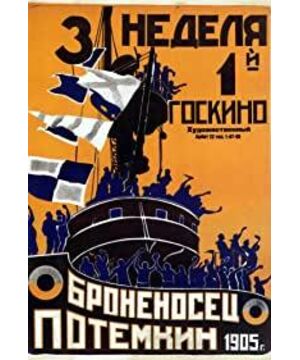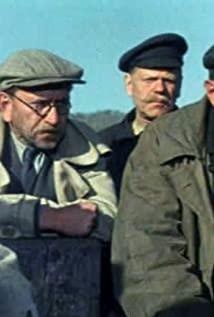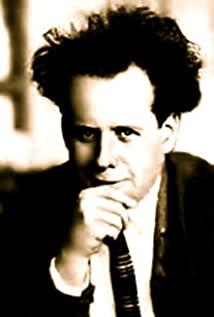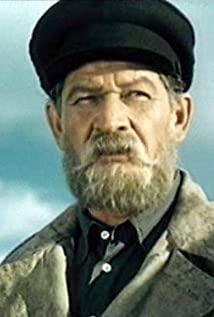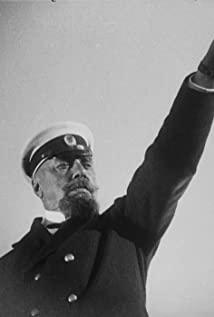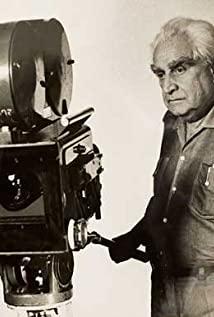The film is divided into five chapters, and the whole film is only 70 minutes, but the tight and intense rhythm makes people feel as if they have watched for two hours and received a lot of information in a short period of time.
The appearance of red in a black and white film from the 1920s is so eye-catching, Eisenstein used the method of coloring frame by frame. The film encourages people to resist the brutal rule of Tsarist Russia and incorporates a large number of ideologies, coupled with a majestic soundtrack and people's powerful spiritual power, a series of enlightenments to overthrow tyranny and defend their rights are particularly suitable for the proletariat and socialist propaganda. The red flag flying in the black, white and gray is hard not to be touched. Long live communism~~~\(≧▽≦)/~
The most impressive is the fourth chapter "The Odessa Stairs". Tsarist Russia has a great impact on the people's massacre on the Odessa Stairs. The montage used in this section is simply superb! I checked "more than one hundred and fifty short shots of less than three seconds appeared in six minutes." But this kind of high-speed shots can't be shown with screenshots... Among them, the most impressive thing is that the Tsarist Russian army is marching neatly. Holding the blunderbuss cruelly and ruthlessly shooting at the crowds fleeing on the stairs, new corpses lying across the long stairs. A child was shot and separated from his mother. When the mother recovered, the child was repeatedly trampled by the frightened crowd. The distraught mother held the child and approached the army against the crowd and fell to the ground. This aroused the grief and indignation of the old people who had already hid. They stood up from the dark, of course they were still facing the flying bullets. Another mother was shot in the abdomen in panic. Her infant child was lying in the stroller and fell down. The music and the camera were switched fiercely. As the stroller slid down, people appeared one by one. The frightened face (especially the face of a middle-aged woman) was finally shot in the eye. It's really hard to describe the excitement of this passage in words, you have to look at the video. The impression left by this chapter in Chapter Five is really deep.
Finally, let’s talk about the symbolic montage in the film. In the process of people's resistance, a group of montages of male lions turning from sleeping to angry screams appeared. The simple three pictures have great symbolic meaning-the symbolism speaks for itself. And it gave the audience a great excitement for a while, because these are three pictures that are completely irrelevant to the front and back. It is really interesting to connect them through the logic of the human brain, isn’t it w This film does not use too much symbolism Montage, so this single place will naturally leave a deeper impression. However, my country was affected by this, and the use of symbolic montage was greatly increased in later movies.
View more about Battleship Potemkin reviews


